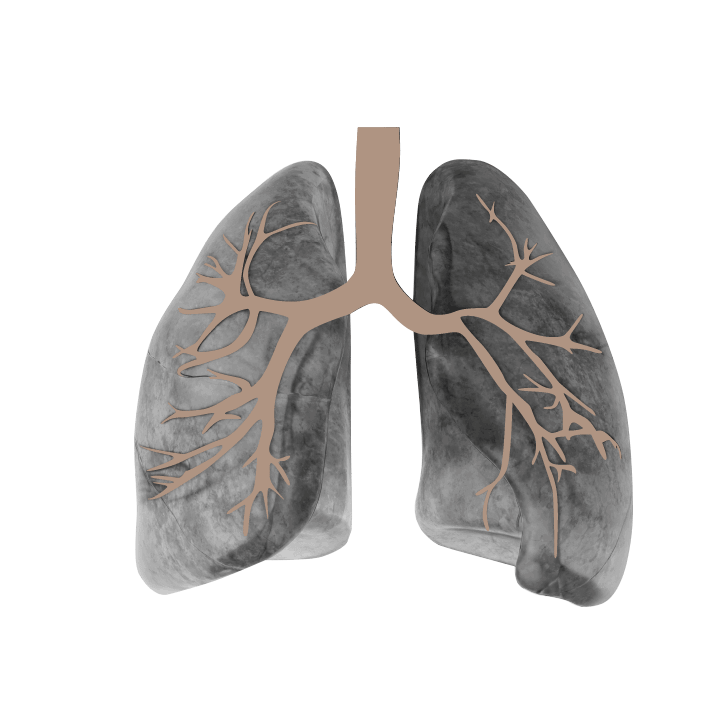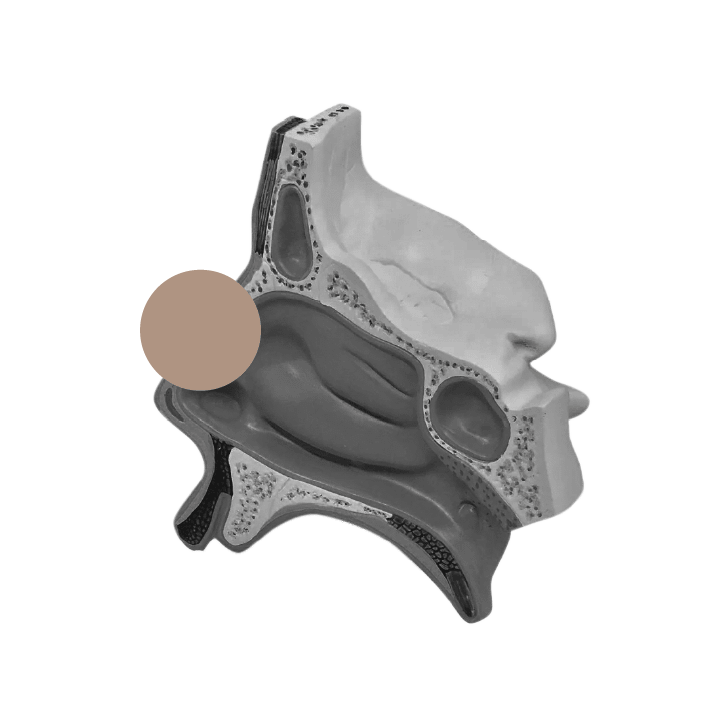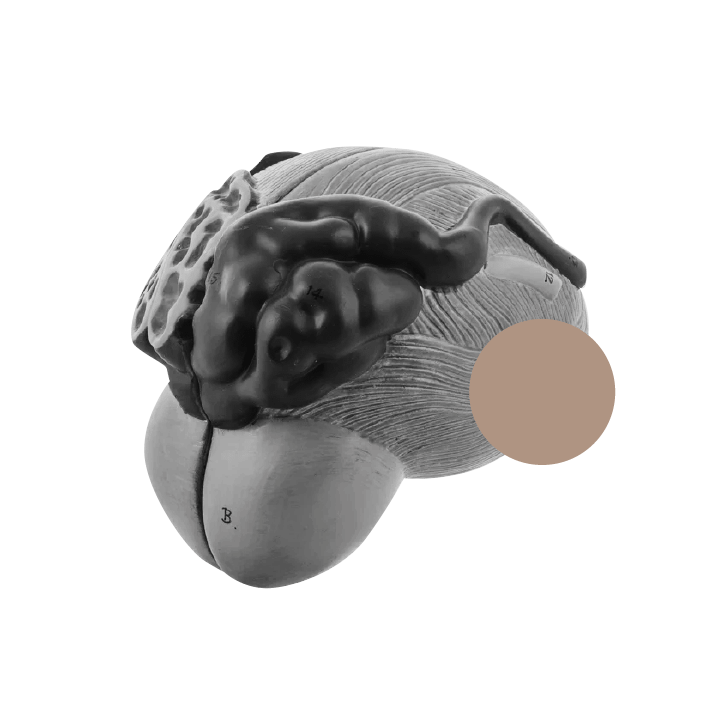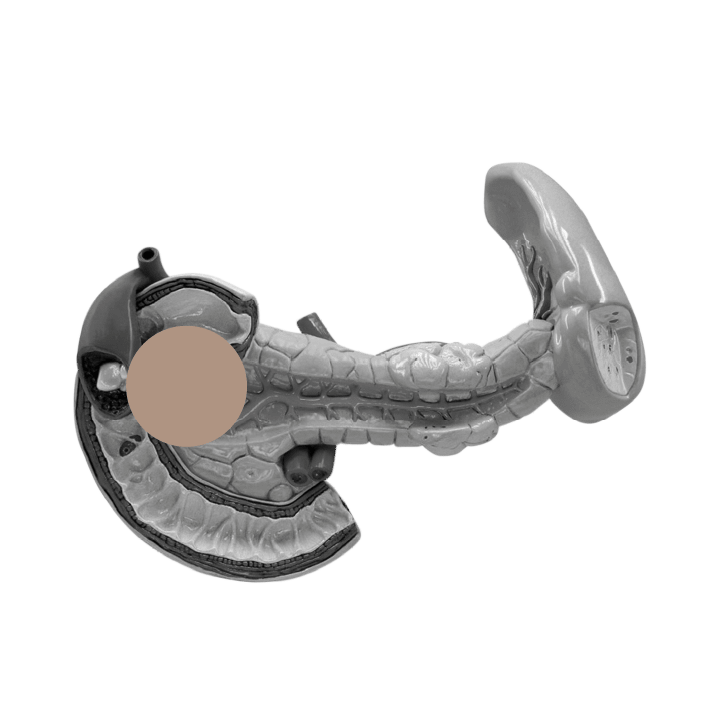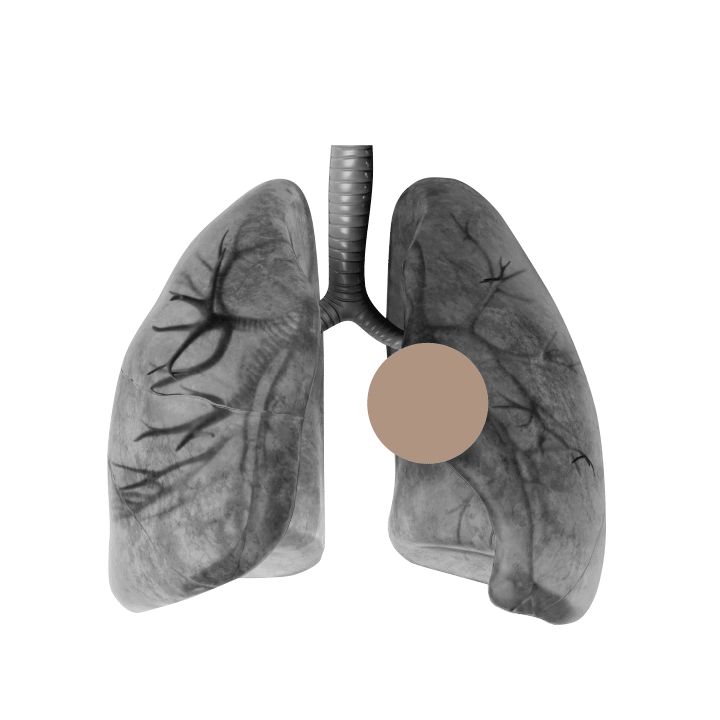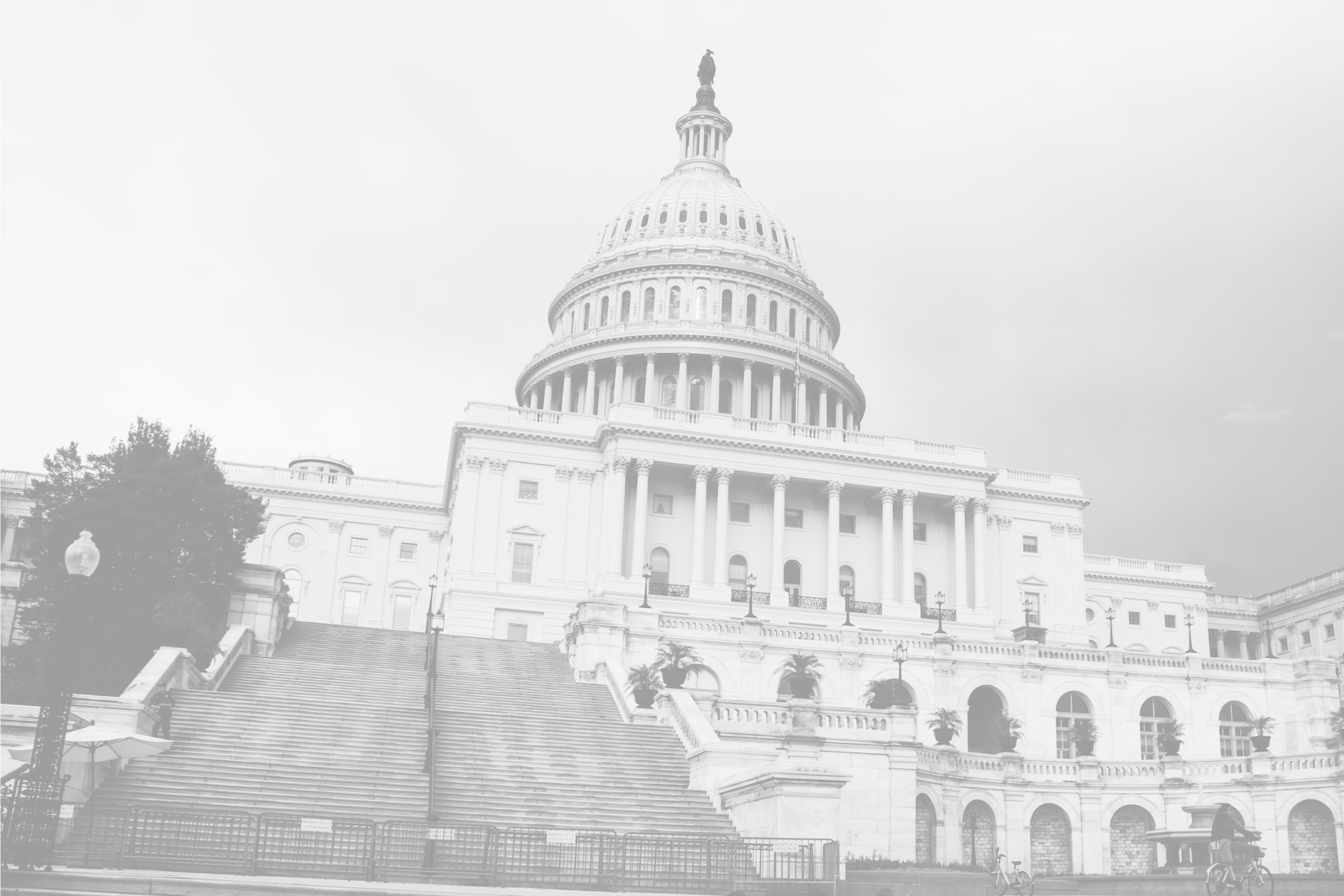Let a 9/11 Childhood Cancer Lawyer Pursue Your Benefit Options
Any cancer diagnosis can be frightening and uncertain, but this is especially true of childhood cancers. We think of children with bright futures of health and happiness, not ill and weak. Children in New York City on 9/11 experienced the devastating events of that day as children, and some developed cancer as a result. September 11th survivors do not need to suffer the impact of childhood cancer alone. Contact the law firm of Pitta & Baione to discuss available benefits.
CONNECTION TO SEPTEMBER 11TH
It is difficult to determine why cancer develops in a child. However, studies have linked a variety of environmental factors to childhood cancer, including chemicals and air pollution. When the World Trade Center towers fell on 9/11, a large cloud of hazardous dust covered the area. Chemicals from the planes, objects inside the building, and the burning fires contaminated the area. As debris continued to fall and fires continued to burn, the air was further polluted from these hazards.
Children living around Ground Zero were exposed to all of these threats, breathing in polluted air not just in the immediate aftermath of September 11th, but in the several months of recovery and cleanup efforts following this tragedy.
COVERED CHILDHOOD CANCERS
The World Trade Center Health Program (WTCHP) defines childhood cancer as any type of cancer that is diagnosed under the age of 22. While this is a broad category, the WTCHP lists the following malignant neoplasms as guidance:
- Diffuse non-Hodgkin lymphoma
- Follicular (nodular) non-Hodgkin lymphoma
- Hodgkin’s disease
- Leukemia of unspecified cell type
- Lymphoid leukemia
- Malignant immunoproliferative diseases
- Monocytic leukemia
- Multiple myeloma and malignant plasma cell neoplasm
- Myeloid leukemia
- Other and unspecified lymphoid, hematopoletic, and related tissue
- Other and unspecified types of non-Hodgkin lymphoma
- Other lukemias of specified cell type
- Peripheral and cutaneous T-cell lymphoma
According to the National Cancer Institute the most common types of childhood cancer are leukemias, brain and other tumors and lymphomas. Leukemia is a cancer of the white blood cells, and compromises the immune systems as the unhealthy cells overtake healthy cells. This leads to infections and other health issues. Tumors are abnormal growths, and they can also interfere with healthy body functions, especially if contained in the brain, nervous system, or inhibit motion.
Lymphoma is another common cancer, and is categorized as Non-Hodgkins or Hodgkins lymphoma, depending on the type of cells affected by the cancer. Fortunately, there are many treatment options for all of these cancers.
CONTACT A SEPTEMBER 11TH LAWYER TO LEARN YOUR ELIGIBILITY
For more information about Childhood Cancers related to September 11th, please contact a 9/11 lawyer at Pitta & Baione by completing our contact form or calling us at 844-901-1312.

